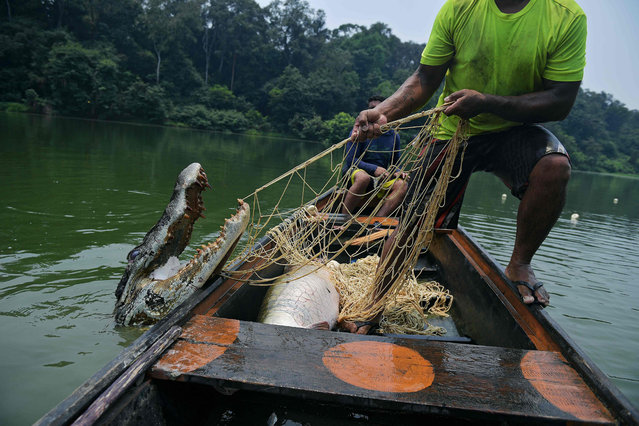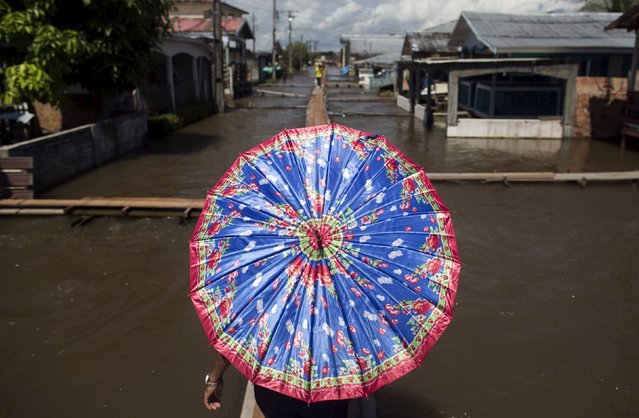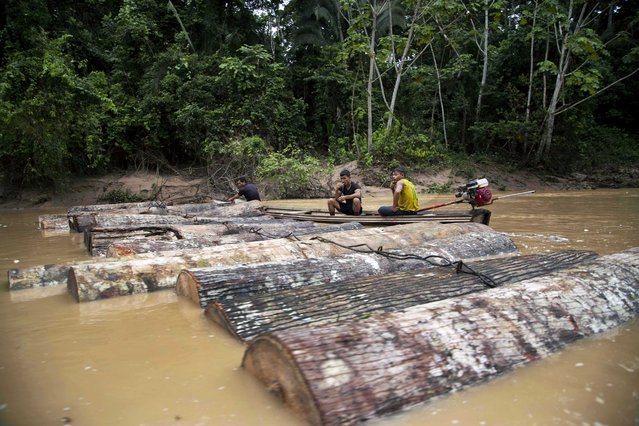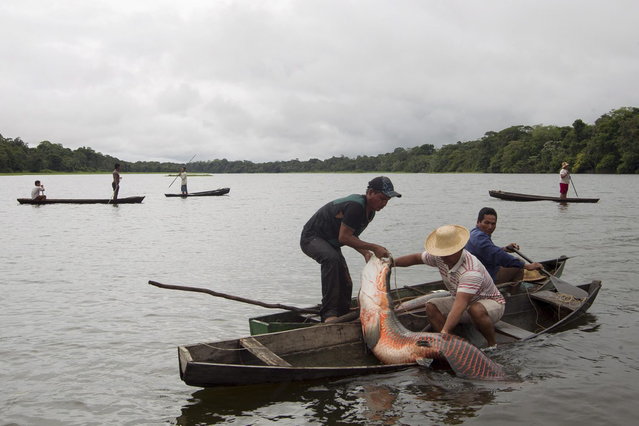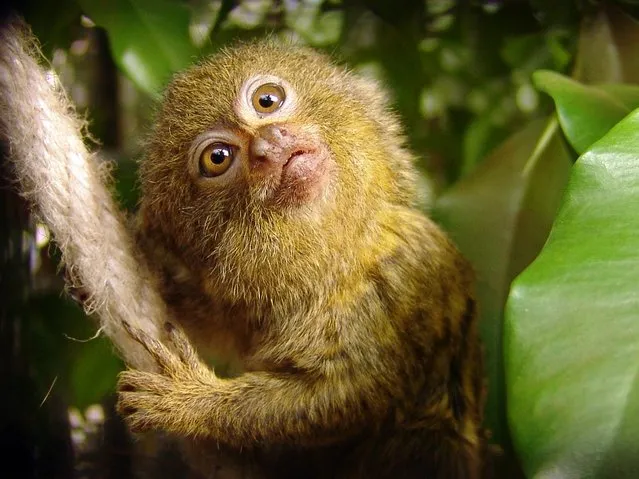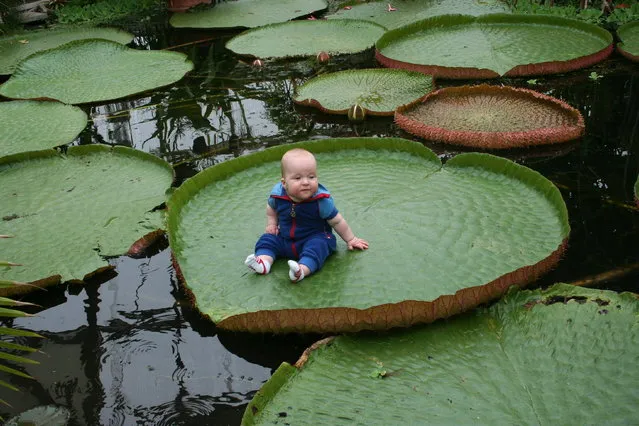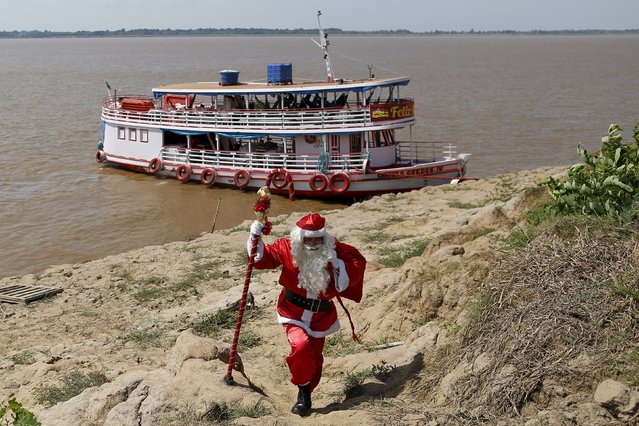
Claudionor Jose de Deus, wearing a Santa Claus costume, arrives at Santa Rosa community to distribute presents to children, on the shores of the Amazon River in rural Manaus, Brazil, December 19, 2015. Jose de Deus is part of a volunteer group that distributes toys to children from poor neighborhoods and riverside communities that are distant from the city. (Photo by Bruno Kelly/Reuters)
22 Dec 2015 08:02:00,post received
0 comments

